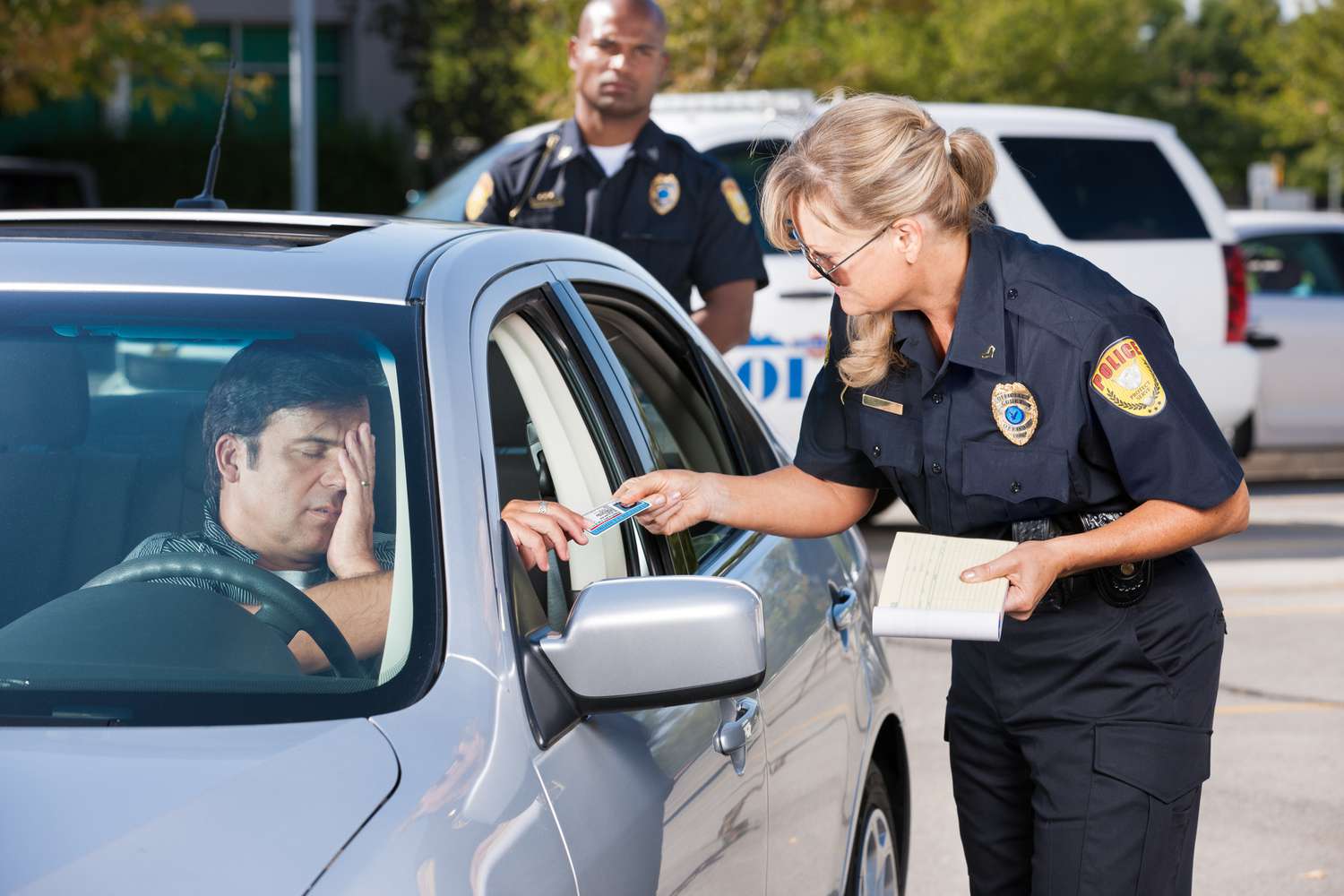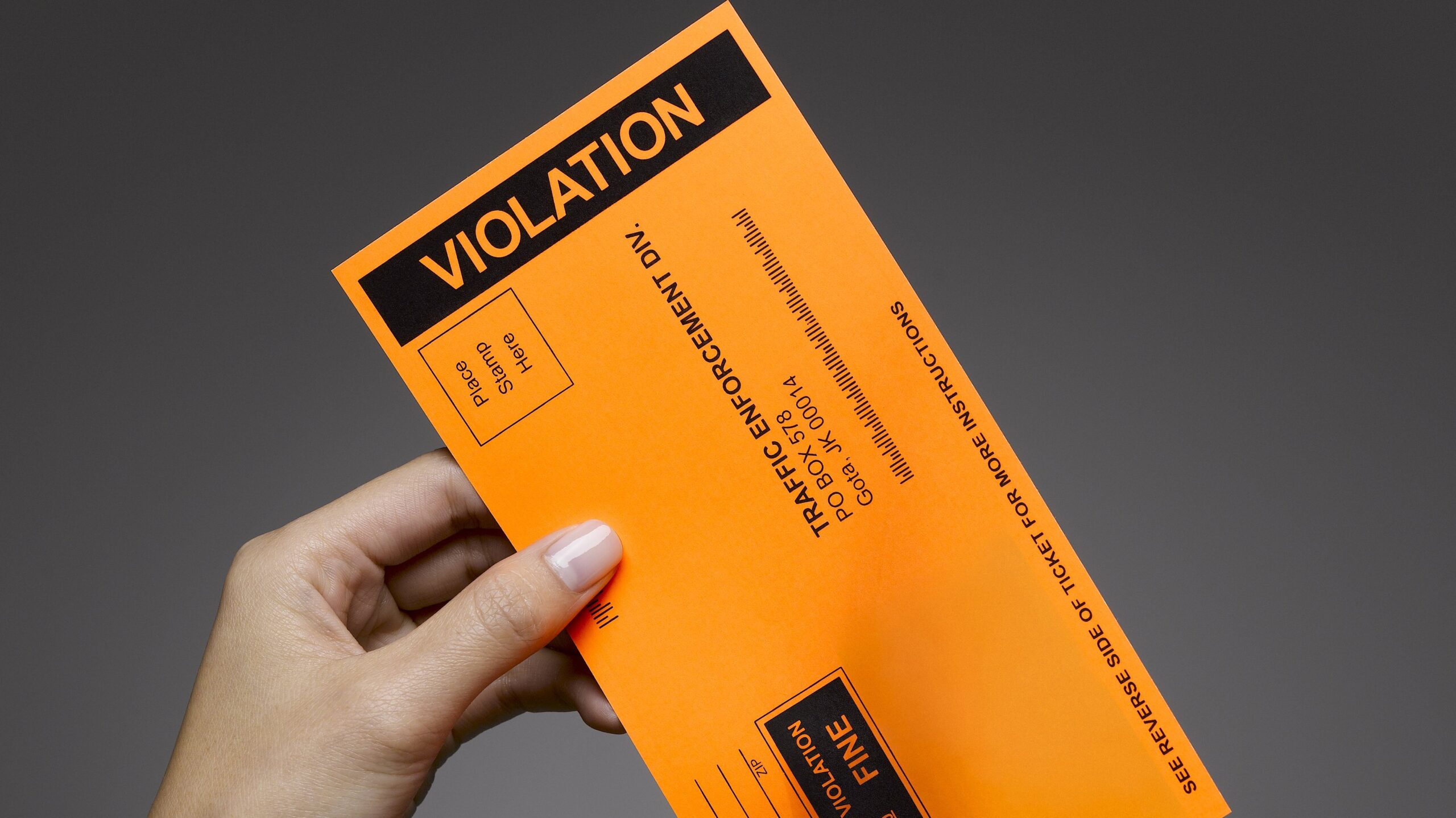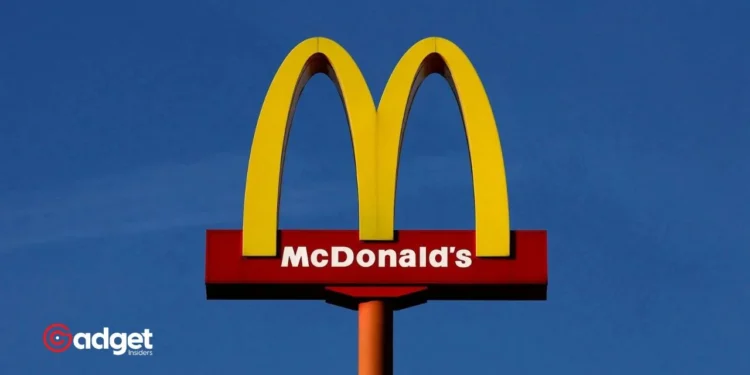In an unusual twist at a local McDonald’s drive-thru, a customer faced an unexpected repercussion beyond just receiving his fast food order—a hefty $400 traffic ticket. The incident unfolded as the customer, in the midst of his transaction, decided to open the McDonald’s app on his smartphone. This seemingly innocent act of seeking a digital coupon quickly escalated when local traffic enforcement deemed the action a violation, interpreting it as distracted driving.
This startling case brings to light the broader implications of smartphone use in seemingly safe environments like restaurant drive-thrus, an area not typically associated with the stringent enforcement of traffic laws. The question arises: Are our drive-thrus becoming the new frontier for traffic enforcement?

Navigating the Gray Area of Mobile Apps in Drive-Thrus
The situation beckons a closer look into the legalities and safety considerations surrounding the use of mobile devices in stationary vehicles, particularly in private business spaces like drive-thrus. The customer, caught off-guard by the ticket, expressed his bewilderment, noting, “I was merely trying to speed up my order by using a coupon from the app. I never imagined it would be construed as distracted driving.”
Legal experts suggest that while the intent behind minimizing distracted driving is clear and justified, the application of such laws in private, stationary scenarios might be overreaching. It’s a developing area in traffic legislation, reflecting the increasing integration of digital interfaces in everyday activities, including simple tasks like ordering a burger.

The Intersection of Technology and Traffic Law
As technology pervades every aspect of our lives, its clash with existing laws becomes more frequent, posing challenges for both law enforcers and everyday citizens. The incident at McDonald’s is a stark reminder of the evolving nature of our digital engagements and the need for laws that adapt to contemporary realities without compromising safety and convenience.

In this scenario, the customer faced a significant financial penalty, which raises questions about the consistency and fairness of traffic law enforcement in non-traditional settings. Such cases might prompt a reevaluation of what constitutes “distracted driving” within the confines of varied environments like a drive-thru, where the expectations and behaviors differ markedly from open-road scenarios.
Looking Ahead: Implications for Drivers and Businesses
This incident not only highlights the need for clearer guidelines on mobile device usage in specific settings but also signals to businesses like McDonald’s the potential need to adjust their digital service strategies. Ensuring that customers can utilize services like mobile apps without inadvertently violating traffic laws is crucial. It also underscores the importance of customer awareness and understanding of local traffic laws, even in seemingly innocuous circumstances like a fast-food line.
As we navigate this digital age, both consumers and companies must stay informed about the legal landscapes that intersect with their everyday technology use. This case serves as a compelling call to action for all stakeholders to seek clarity on the nuances of law as it meets life in the digital lane.










